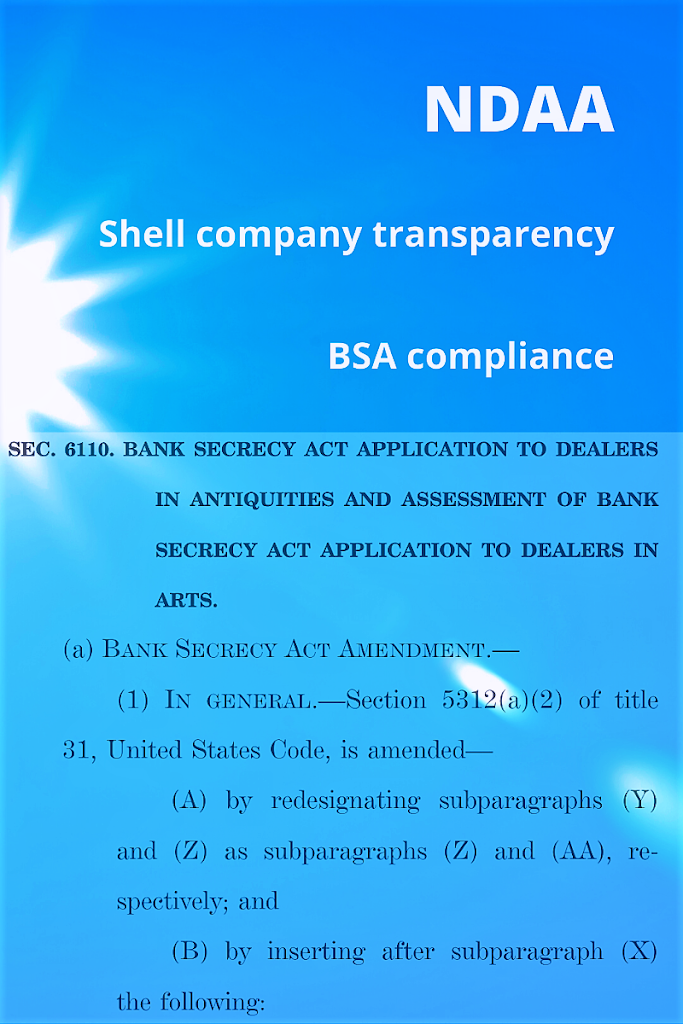Illicit Financial Flows and Cultural Heritage Trafficking
Cultural heritage trafficking and illicit financial flows should be probed by law enforcement.
Cultural heritage trafficking is a serious crime. Like most serious crimes, heritage trafficking is associated with other crimes such as lying on customs forms, falsifying invoices, wire fraud, money laundering, and even genocide.
Now the World Customs Organization has published a report on illicit financial flows (IFFs). Although the report–titled Illicit Financial Flows via Trade Mis-invoicing Study Report 2018–is silent on the topic of IFF’s relationship to cultural heritage trafficking, its observations and analyses apply, which is why the association between heritage trafficking and illicit financial flows should be probed by law enforcement authorities.
IFFs occur when money crosses national borders as a consequence of unlawful conduct. The World Bank observes that IFFs fit into three categories: “The acts themselves are illegal (e.g., corruption, tax evasion); The funds are the results of illegal acts (e.g., smuggling and trafficking in minerals, wildlife, drugs, and people); or The funds are used for illegal purposes (e.g., financing of organized crime).” Looting antiquities, smuggling and selling illicit cultural heritage objects, and using the proceeds to fund organized crime are activities that readily fit into these categories.
The United Nations Security Council encourages this kind of vigilance, having acknowledged the relationship between IFFs and cultural heritage crime. Resolution 2347, which the Security Council unanimously adopted last year, proclaimed that member nations are “strongly concerned about the links between the activities of terrorists and organized criminal groups that, in some cases, facilitate criminal activities, including trafficking in cultural property, illegal revenues and financial flows as well as money-laundering, bribery and corruption.” (Emphasis added).



